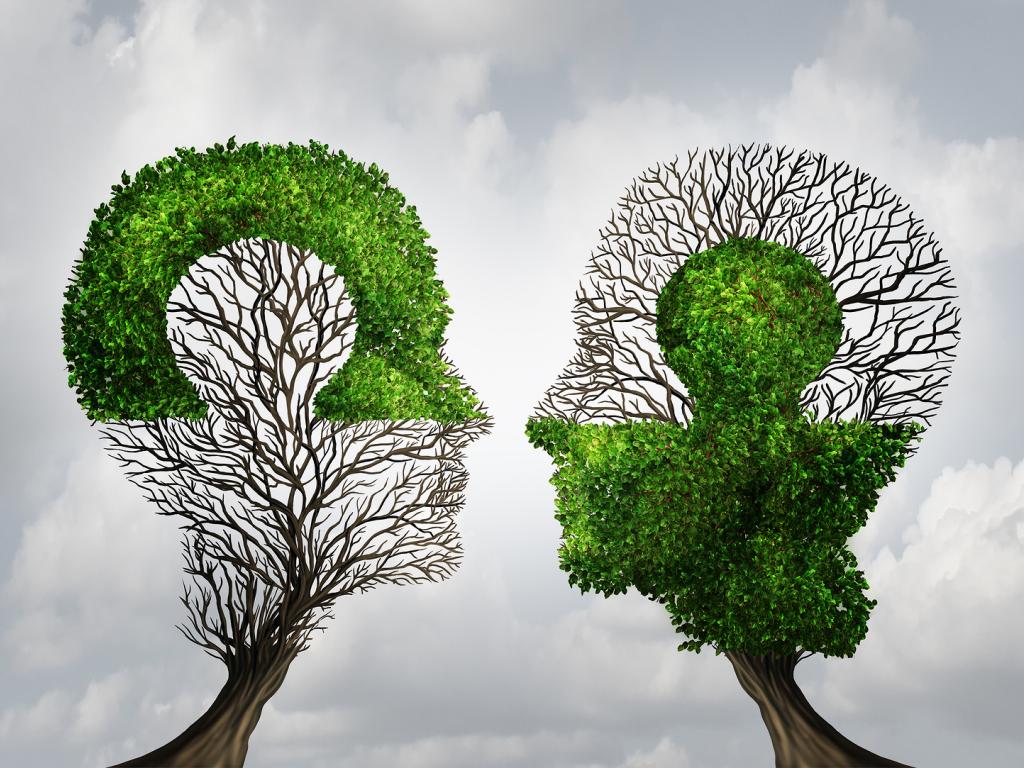Geen categorie
CBD vs. THC: WHAT IS THE DIFFERENCE?
CBD vs. THC:
What’s the difference?
As the legal use of hemp and other cannabis products grows, consumers are becoming more curious about their options. This includes cannabidiol (CBD) and tetrahydrocannabinol (THC), two natural compounds found in plants of the Cannabis genus. Both compounds interact with your body’s endocannabinoid system, but they have very different effects.
Cannabis consumers have long prized potency (a high THC content) as one of the main factors that makes a particular strain more desirable. Though traditional demand for THC has caused an oversaturation of high-potency products, many consumers are starting to prefer less intense products that are lower in THC and higher in the non-intoxicating compound called CBD (cannabidiol). THC and CBD are both cannabinoids derived from the cannabis plant, but they’re different in many ways that may influence your next seed purchase. Read on to learn more about these compounds. While they may have a lot in common, they have some key differences that determine how they’re used.
What’s the difference between CBD and THC?
An easy way to think about it is that THC is defined by what cannabis makes you feel, while the effects of CBD can’t be felt. The important distinction is that, unlike THC, CBD will not intoxicate you. It also addresses one of the most common reasons people choose to use CBD for pain and wellness management. CBD can also block some of the intoxicating effects of THC. By binding to cannabinoid receptors, it will keep THC from activating those receptors. This translates to a less intense psychoactive effect, which is why products with a mix of both CBD and THC are great for medicinal relief and first-time consumers.
This does not mean that CBD, by itself, cannot offer an effect. High doses of CBD often produce a profoundly relaxing experience. Like stepping out of a hot tub, your body may feel tingly and relaxed, and your brain may be clear.
CBD vs. THC: Chemical structure
Both CBD and THC have the exact same molecular structure: 21 carbon atoms, 30 hydrogen atoms, and 2 oxygen atoms. A slight difference in how the atoms are arranged accounts for the differing effects on your body. Both CBD and THC are chemically similar to your body’s endocannabinoids. This allows them to interact with your cannabinoid receptors. The interaction affects the release of neurotransmitters in your brain. Neurotransmitters are chemicals responsible for relaying messages between cells and have roles in pain, immune function, stress, and sleep, to name a few.
CBD vs. THC: Psychoactive components
Despite their similar chemical structures, CBD and THC don’t have the same psychoactive effects. CBD is psychoactive, just not in the same manner as THC. It doesn’t produce the high associated with THC. CBD is shown to help with anxiety, depression, and seizures. THC binds with the cannabinoid 1 (CB1) receptors in the brain. It produces a high or sense of euphoria. CBD binds very weakly, if at all, to CB1 receptors. CBD needs THC to bind to the CB1 receptor and, in turn, can help reduce some of the unwanted psychoactive effects of THC, such as euphoria or sedation.
CBD vs. THC: Medical benefits
CBD and THC have many of the same medical benefits. They can provide relief from several of the same conditions. However, CBD doesn’t cause the euphoric effects that occur with THC. Some people may prefer to use CBD because of the lack of this side effect. In June 2018, the American FDA approved Epidiolex, the first prescription medication to contain CBD. It’s used to treat rare, difficult-to-control forms of epilepsy. Epidiolex was granted a license by the European Union in September 2020.
CBD and THC both have medical benefits. They’re also both considered safe, but consider the possibility of side effects and interactions with other drugs you’re taking. Talk with your doctor or a qualified cannabis or CBD clinician before use and if you have any questions.




